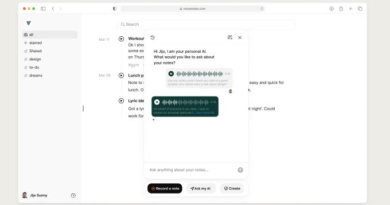Flutterwave’s troubles in Kenya yet to end as second case proceeds
Africa’s most valuable unicorn Flutterwave is still not off the hook in Kenya. About $3 million of its money that was confiscated in the second government seizure over money laundering and fraud claims remains frozen, in two banks, and 19 mobile money accounts (M-pesa paybill numbers), as the matter is before Kenya’s high court.
The $3 million funds seizure happened late August last year, less than two months after Kenyan court froze $52.5 million from Flutterwave and other entities including Elivalat Fintech, Boxtrip travel and tours, Bagtrip travels, Hupesi Solutions, Cruz Ride Auto Ltd, and Adguru.
With each seizure, the country’s Assets Recovery Agency (ARA), a state agency tasked with tracing proceeds of crime, filed a suit.
The initial case was closed last week and $52.5 million released, after the ARA formally withdrew the case. The second case, where Flutterwave, Adguru and Hupesi solutions are the respondents, however, continues. High court judge Esther Maina yesterday set the next mention for March 23.
While some parties predict that the case is unlikely to proceed to full hearing, Flutterwave remains uncleared by the courts, delaying its prospects of getting a license to operate in Kenya.
What has happened so far
Funds released after first case closes but Flutterwave’s still frozen
The court released the funds belonging to Flutterwave and its co-accused after the ARA formally withdrew a forfeiture application against all of them on February 27 this year, bringing the first case to an end.
TechCrunch is, however, privy to information that although the Kenyan court released the funds after the close of the initial case, the fintech had yet to access the funds by Friday — yet some parties in the case had accessed their funds. It was not immediately clear why the fintech could not access its funds, and efforts to get a comment from Flutterwave on this were unsuccessful.
The releasing of the funds came after the Kenyan court, earlier in February, threw out an application by 2,468 Nigerians who sought to have part of the frozen funds separated in the event that the money was forfeited to the government. The individuals sought to recover funds they had ‘invested’ and lost through a sports betting platform, which they claim was a false investment and trading scheme that used Flutterwave to process its payments.
The court threw out the application on February 9 on grounds that the ARA had filed to withdraw the forfeiture application in December last year, nearly a month after it applied to have Boxtrip Travel and Tours, and Bagtrip travels expunged from the proceedings.
The genesis
Flutterwave’s woes in Kenya started in July last year when it was accused by the ARA of fraud and money laundering ARA, leading to the freezing of millions of dollars in accounts linked to the fintech and its co-accused.
The agency said that Flutterwave’s bank accounts were used as conduits for money laundering under the guise of providing merchant services, and that the fintech had no evidence to corroborate retail transactions from customers paying for goods and services. It added that there was no evidence of settlements to the alleged merchants. The agency has petitioned the court to have the money forfeited to the government.
However, a turnaround has been noted after a new government took office late last year, dropping some high-profile cases including the one against the Flutterwave.
Founded in 2016 by Iyinoluwa Aboyeji, Olugbenga “GB” Agboola (CEO), and Adeleke Adekoya, Flutterwave facilitates cross-border payments in Africa, has a remittance service that allows users to send money to recipients to and from the continent. Its services also includes Flutterwavestore service, a shopify-like e-commerce platform, for small businesses.
The fintech, which raised $350 million last year at a $3 billion valuation, making it one of the most valuable startups in Africa, has faced a string of controversies over the last year including claims of harassment, funds misappropriation, and mismanagement.




